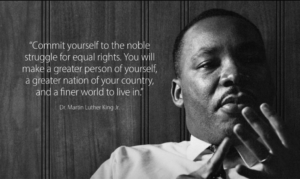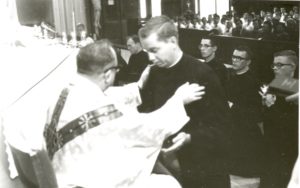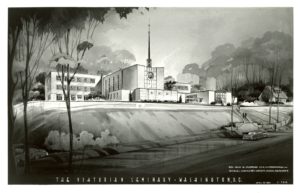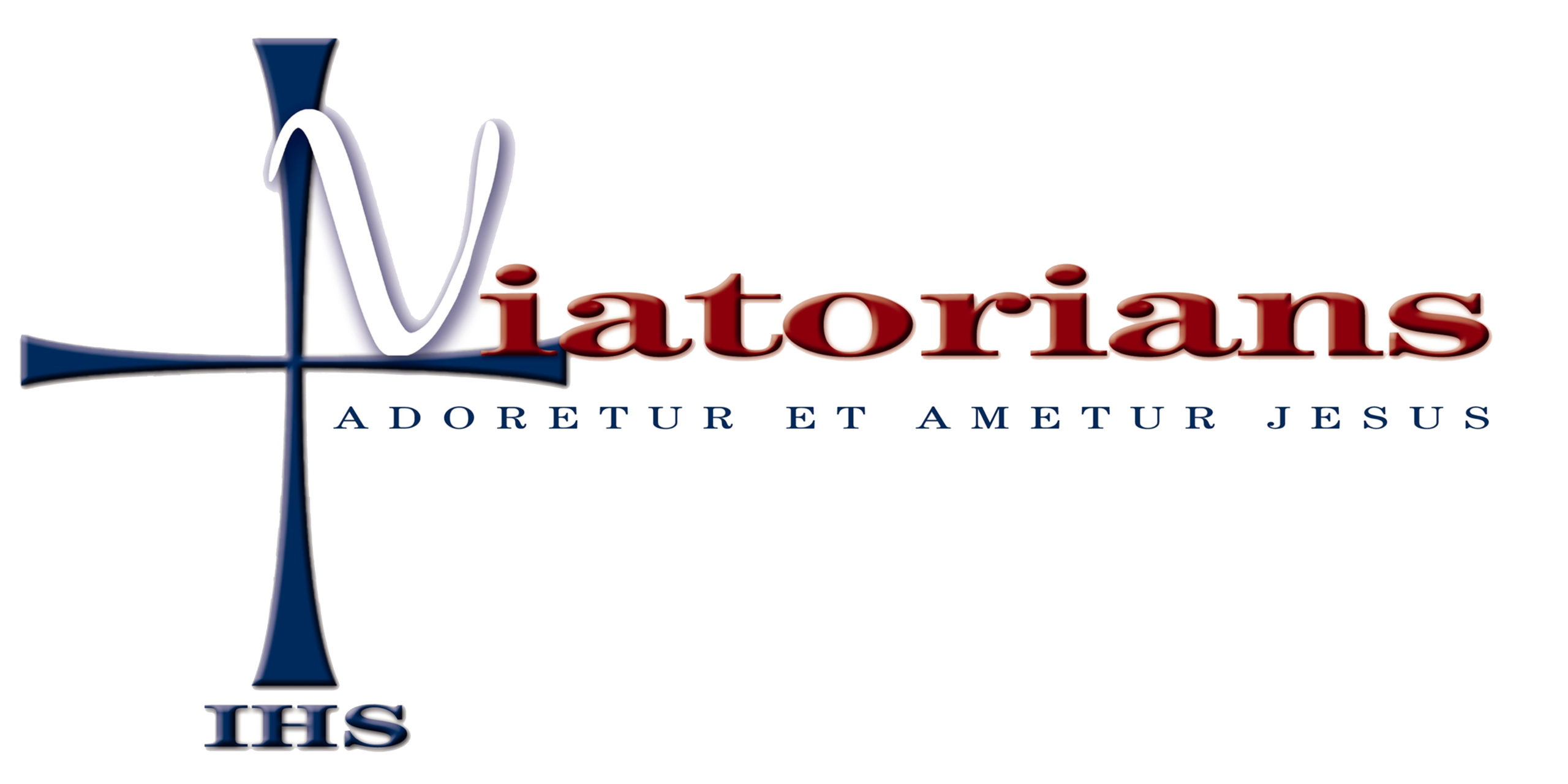Exactly 50 years after Dr. Martin Luther King, Jr. was assassinated, Viatorians still remember that fateful day, and how it changed the country and their ministries.
Fr. Charles Bolser, CSV, was a religious brother during the mid-1960s, attending Loyola University while living in a Viatorian residence located on Sheridan Road in Evanston. He vividly remembers marching in protests organized in 1966 by the Dr. King and the Chicago Freedom Movement.
He dates his activism back to 1959, when he served in the Air Force and was assigned to Moody Air Force Base in Valdosta, Georgia.

Fr. Charles Bolser made his final vows in 1966, the same year he began demonstrating for civil rights in marches led by Dr. Martin Luther King, Jr.
“That was the first time I saw enforced, legalized segregation,” Fr. Bolser says, “from separate restaurants and drinking fountains, to schools. Even the Catholic churches were segregated. They talked about it being ‘separate but equal,’ but the fallacy and the inequality of it was obvious.”
Fr. Bolser describes watching Dr. King inspire people to get involved.
“His words could move people,” Fr. Bolser said. “He preached the idea of the gospel — and non-violence. He followed in the example of Mahatma Ghandi and Jesus Christ.”
Around the same time, Viatorians studying at their seminary in Washington were living witnesses to the fires and riots that broke out after Dr. King was assassinated. Fr. James Fanale, Fr. Tom Long, Fr. John Palmer, Fr. Patrick Render and Fr. Erwin Savella all were seminarians at the time, while Fr. Donald Fitzsimmons was one of their faculty members.

The Viatorian Seminary in Washington DC was located on a hill in the Northeast quadrant of the city, giving seminarians at the time a good view of the riots that broke out after the assassination of Dr. Martin Luther King
“When the riots broke out, a curfew was declared and there was an eerie silence in the neighborhood,” Fr. Long recalls. “The military was patrolling the streets and we couldn’t go out.”
Instead, they climbed to the roof of their building, located in Washington’s Northeast quadrant, where they could see the glow of the fires burning across the city. When they did venture out the next day, they saw the burned out buildings and broken windows, Fr. Long adds. They soon made their way to a nearby church, which had been turned into a distribution center for food and clothes, where they helped deliver goods to families in need.
Fr. Fitzsimmons remembers driving in a car soon after the first day of riots with other faculty members. “We didn’t know it at the time,” he says, “but what we were smelling was tear gas.”
“We were firsthand witnesses,” Fr. Long says, “to the deep divide in our country.”

